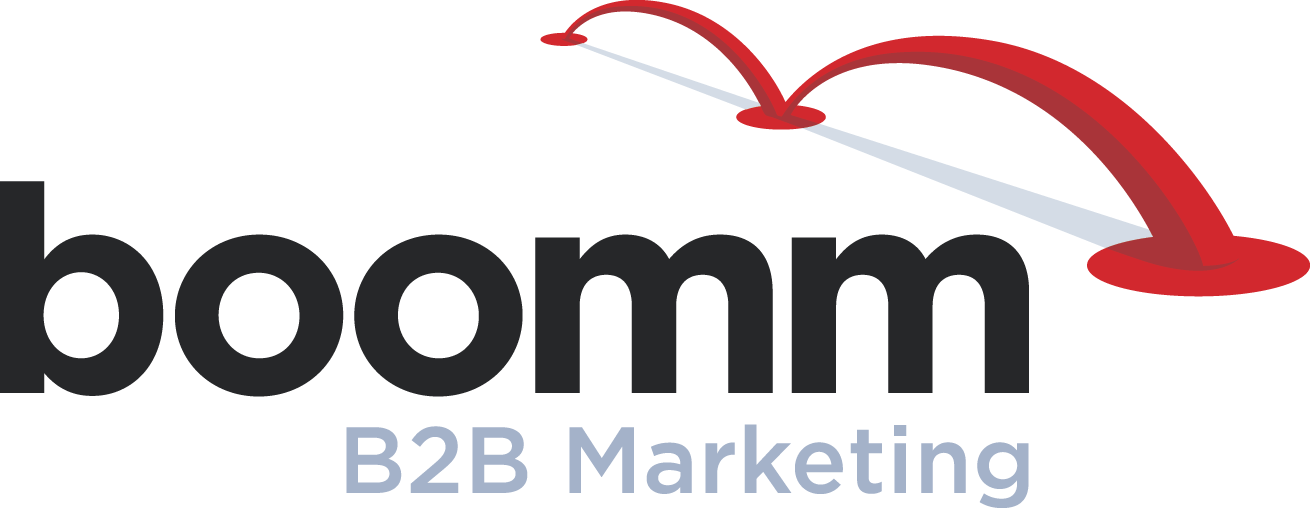5 Questions to Ask Yourself Before Rebranding Your Business

There comes a point in the life of every business when it feels like it’s time for a change. Whether this is because the current brand has been around for a while, the business has new offerings that don’t fit with the old message, or it seems like a shakeup will bring new customers to the door, there are lots of reasons why businesses contemplate rebranding. But rebranding your business isn’t something to be taken lightly—it takes inspiration, planning, strategy and everyone’s consensus. And it’s all critical, because a poorly executed rebranding can be worse than sticking with the old brand.
Here at Boomm, we recently went through the rebranding process ourselves, developing new positioning to define our mission, a new logo, and a new website. And we learned a thing or two along the way. These are the questions we think need answers before you start tearing down your old brand and putting up a new one. 
What is the goal of rebranding your business? What do you want the brand update to accomplish? Far too many businesses change things just for the sake of making a change. The result is directionless branding that lives only on the surface and makes customers’ heads spin. The first step of the rebranding process is to set a goal. Whether that’s to generate new leads, to make a more accurate first impression on customers, or to bring an old brand into the modern era, the goal needs to be clear and definitive. And everything you do, from the smallest color change to the biggest website overhaul, needs to serve that goal.
What message do you want the new brand to convey? Every brand says something about the company it represents, whether intentionally or unintentionally. A rebrand is a great opportunity to refashion your identity so it speaks more accurately about your mission and capabilities. Having a strong message in mind will make other rebranding choices easier. It’ll provide a starting place for design and copy choices. And it will ensure that whatever your new brand conveys, it will do so purposefully, and no mixed messages will get across.
What is unique about your business? There’s a niche your business fills that’s unlike any other. There’s a reason customers go to you and not your competitors. Whatever that individual essence is, it needs to be a centerpiece of your new brand. Without a sense of what makes your brand unique, you run the risk of a rebranding that makes you seem like every other company in your market. Brainstorm the reasons why your company stands out from the rest, and then incorporate those reasons into every aspect of your rebranding.
What are the downsides to rebranding? When you ditch an old brand, you may be leaving behind problems that have hindered your business. But you may also be losing something valuable that you will have to replicate with the new brand. At the very least, rebranding always creates a consistency challenge—will customers understand that this new brand is still you? Think through the obstacles and difficulties that may arise from rebranding your business before you start. This will help you overcome them and transition seamlessly from old to new.
What components will the rebranding require? Rebranding usually means new imagery and content—where will that imagery and content be deployed? If you’re redesigning your website, are there old links that will now be broken? If you have a new name or logo, where does the old one need updating? Make a thorough, detailed list of all the places where your new brand will take effect, and put together a strategy for deploying these components. You don’t want to launch a shiny new logo on your website and still be handing out business cards that display the old logo. An effective rebranding requires a consistent rollout—and that means knowing exactly what needs to change.
Make rebranding your business easier—follow this road map and you’ll be well on your way to success. And if you want to talk rebranding with us? We’re all ears.


